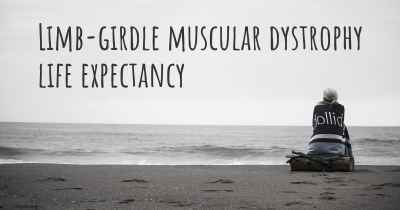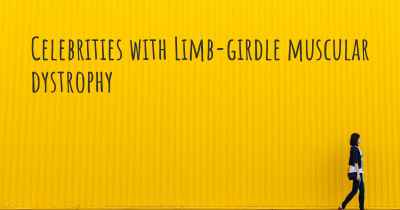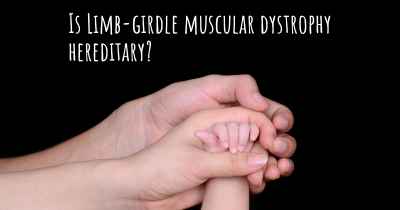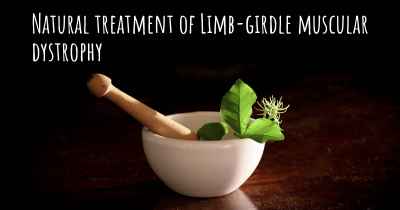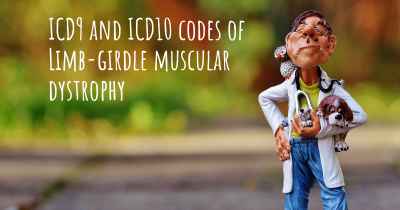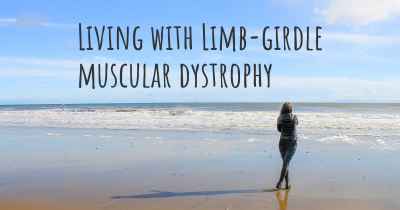What is the history of Limb-girdle muscular dystrophy?
When was Limb-girdle muscular dystrophy discovered? What is the story of this discovery? Was it coincidence or not?
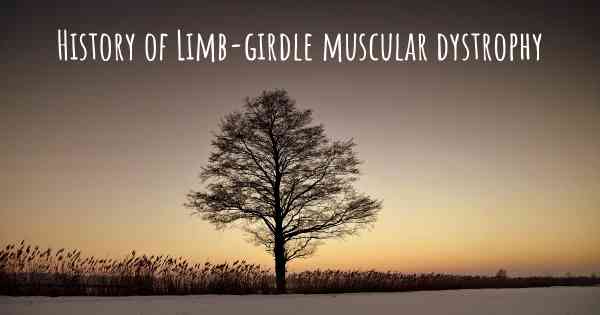
Limb-girdle muscular dystrophy (LGMD) is a group of genetic disorders characterized by progressive muscle weakness and wasting. It primarily affects the muscles of the hips and shoulders, leading to difficulties in walking, climbing stairs, and performing everyday tasks. LGMD is a relatively rare condition, with an estimated prevalence of 1 in 14,500 individuals worldwide.
Early Discoveries:
The history of LGMD dates back to the late 19th century when the first cases were described. In 1891, the French neurologist Jules Emile Pean reported a case of a young woman with progressive muscle weakness and wasting in the shoulder and pelvic girdles. He named the condition "scapulohumeral muscular atrophy." Around the same time, the German neurologist Wilhelm Erb described a similar condition, which he called "progressive muscular dystrophy."
Classification and Genetic Discoveries:
Over the years, researchers recognized that LGMD is a heterogeneous disorder, meaning it can be caused by mutations in different genes. In the 1950s, the classification of muscular dystrophies was refined, and LGMD was recognized as a distinct entity. However, it wasn't until the late 20th century that significant progress was made in understanding the genetic basis of LGMD.
In the 1990s, the first LGMD genes were identified. The discovery of the Sarcoglycan genes (SGCA, SGCB, SGCG, and SGCD) in 1995 marked a major breakthrough. Mutations in these genes were found to cause LGMD type 2C, 2D, 2E, and 2F, respectively. This finding provided crucial insights into the underlying molecular mechanisms of LGMD and paved the way for further genetic discoveries.
Expansion of Genetic Knowledge:
Since the identification of the Sarcoglycan genes, numerous other genes associated with LGMD have been discovered. These include dystrophin (LGMD type 2A), calpain-3 (LGMD type 2A), dysferlin (LGMD type 2B), and anoctamin 5 (LGMD type 2L), among others. Each gene mutation leads to a specific subtype of LGMD, and the total number of known subtypes has now reached over 30.
Advancements in Diagnosis and Treatment:
With the expanding knowledge of LGMD genetics, diagnostic techniques have improved significantly. Genetic testing can now be used to identify the specific gene mutation causing LGMD in an individual, allowing for accurate diagnosis and appropriate genetic counseling.
Unfortunately, there is currently no cure for LGMD. Treatment mainly focuses on managing symptoms and improving quality of life. Physical therapy, orthopedic interventions, and assistive devices can help individuals with LGMD maintain mobility and independence for as long as possible.
Current Research and Future Perspectives:
Research in LGMD is ongoing, with a focus on understanding the underlying disease mechanisms and developing potential therapies. Gene therapy, which involves delivering functional copies of the mutated gene to affected muscles, holds promise for the treatment of LGMD. Clinical trials are underway to assess the safety and efficacy of gene therapy approaches in LGMD patients.
Additionally, advancements in stem cell research and regenerative medicine may offer potential avenues for future treatments. Scientists are exploring the use of stem cells to regenerate damaged muscle tissue and restore muscle function in LGMD.
In conclusion, the history of Limb-girdle muscular dystrophy spans over a century of scientific discoveries. From the initial descriptions of the condition to the identification of numerous causative genes, our understanding of LGMD has significantly advanced. While there is still much to learn and no cure currently exists, ongoing research provides hope for improved diagnosis, management, and potential therapeutic interventions in the future.
